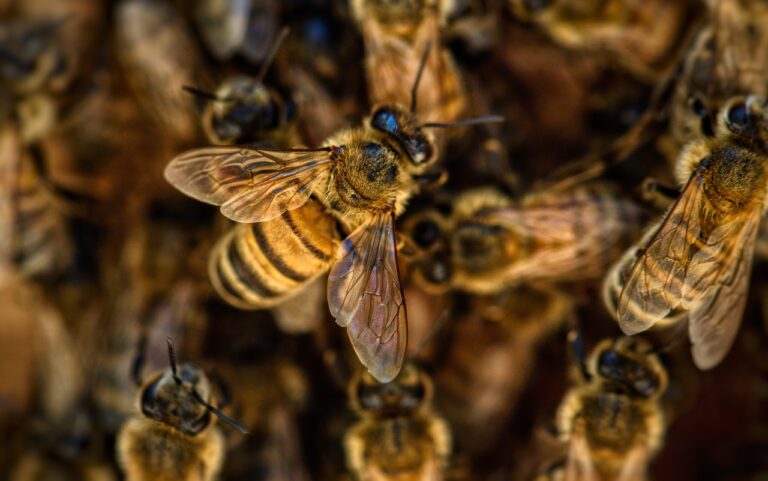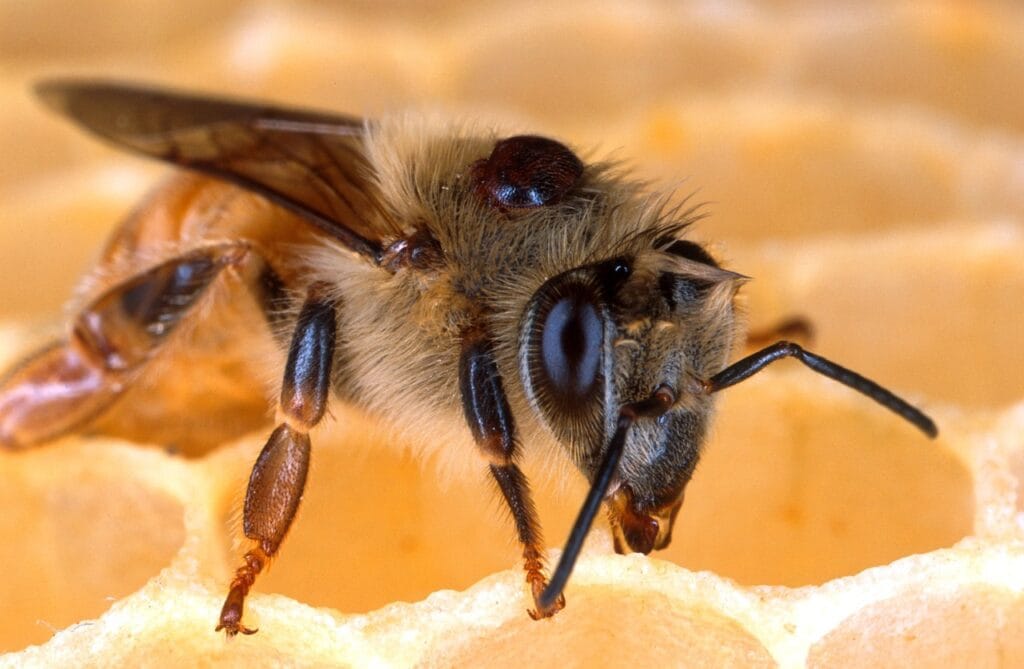How does hive health impact SHB infestations and management strategies?
Hive health is a crucial factor in both the risk of small hive beetle (SHB) infestations and the strategies used to manage them. The relationship operates in several important ways:
- Strong hives deter SHB infestation: SHB typically target weak or stressed colonies, as strong hives have higher bee populations that can restrict beetle movement and suppress reproduction. Healthy colonies can patrol combs more thoroughly, corral beetles into unreachable corners, and even physically remove or antagonize beetles to reduce their numbers[1][2][3].
- Hive health influences damage level: The most severe SHB damage—such as honey and comb destruction, rapid beetle population growth, and colony collapse—tends to occur in weak, queenless, or poorly managed colonies. These hives are less able to defend themselves, and beetles can rapidly overwhelm them, leading to the sliming of combs and loss of hive resources. In strong hives, even if beetles are present, damage is much less likely[3][4].
- Management strategies should prioritize colony strength: Management recommendations universally emphasize building and maintaining strong, populous colonies via good nutrition, effective disease and mite management (especially for Varroa), timely requeening, and limiting hive space according to colony size. Over-supering (giving bees more room than they can manage) leads to excess space that bees cannot protect, creating hiding and breeding spots for beetles[2][1][4].
- Avoid stress and unnecessary disturbance: Repeated or lengthy hive inspections, excessive manipulation, or allowing hives to become queenless or diseased create both stress for the bees and increased vulnerability to beetles. Opening the hive stimulates SHB, promoting egg-laying. Therefore, only necessary, brief inspections are recommended, and manipulations should be minimized[3][5].
- Cautious supplementary feeding and sanitation: Grease patties, pollen substitutes, and other feed can attract and support SHB if not managed carefully. Only provide what bees can quickly consume, and immediately remove feed if infested. Maintaining hive and apiary cleanliness—removing debris, burr comb, dead outs, or contaminated materials—is essential to prevent beetle breeding sites and support overall hive health[2][1][5].
- Integrate multiple management strategies: A healthy colony forms the basis for effective SHB control, in combination with mechanical traps and good beekeeping practices. Reliance on chemicals alone is discouraged; strong, healthy bees are always the first line of defense[2][4][1].
In Summary
Maintaining strong, healthy colonies is the single most effective way to prevent and manage SHB infestations. All other control measures are most successful when used alongside excellent colony management and overall hive health.
Weak, stressed, or diseased colonies are highly susceptible to rapid and destructive SHB outbreaks, while strong ones can often keep beetle populations to manageable levels with fewer interventions[2][1][3].
⁂
- https://beeaware.org.au/archive-pest/small-hive-beetle/
- https://bee-health.extension.org/managing-small-hive-beetles/
- https://agriculture.vic.gov.au/biosecurity/animal-diseases/honey-bee-pests-and-diseases/small-hive-beetle-a-beekeeping-pest
- https://www.pubs.ext.vt.edu/ENTO/ENTO-338/ENTO-338.html
- https://academic.oup.com/jipm/article/13/1/7/6546674



